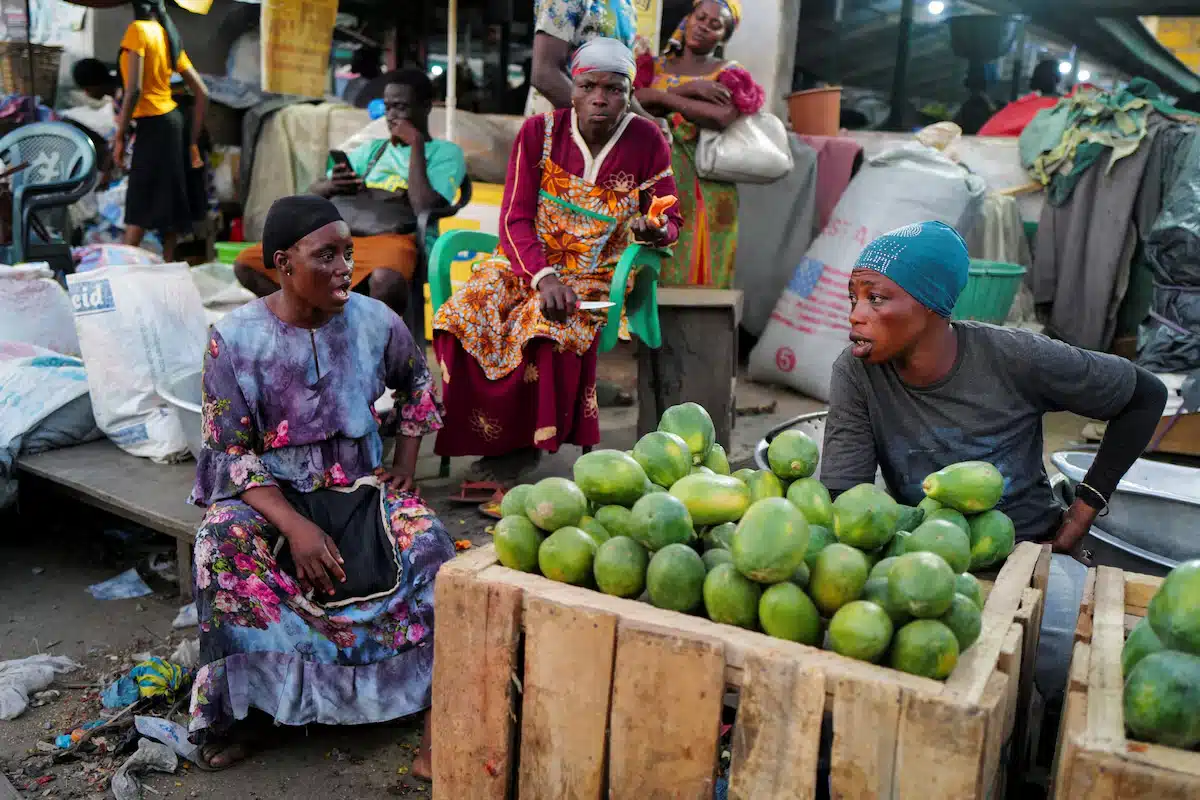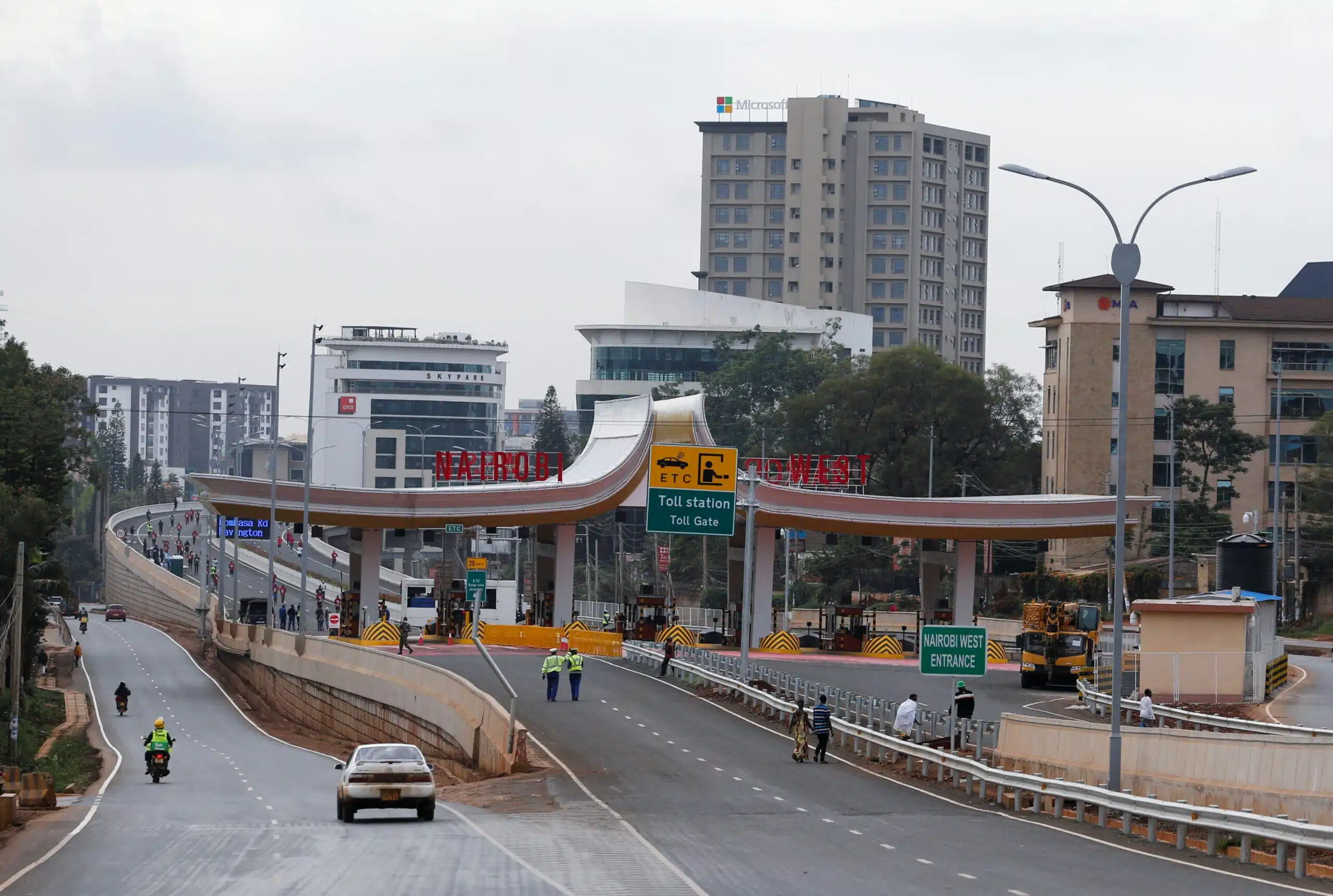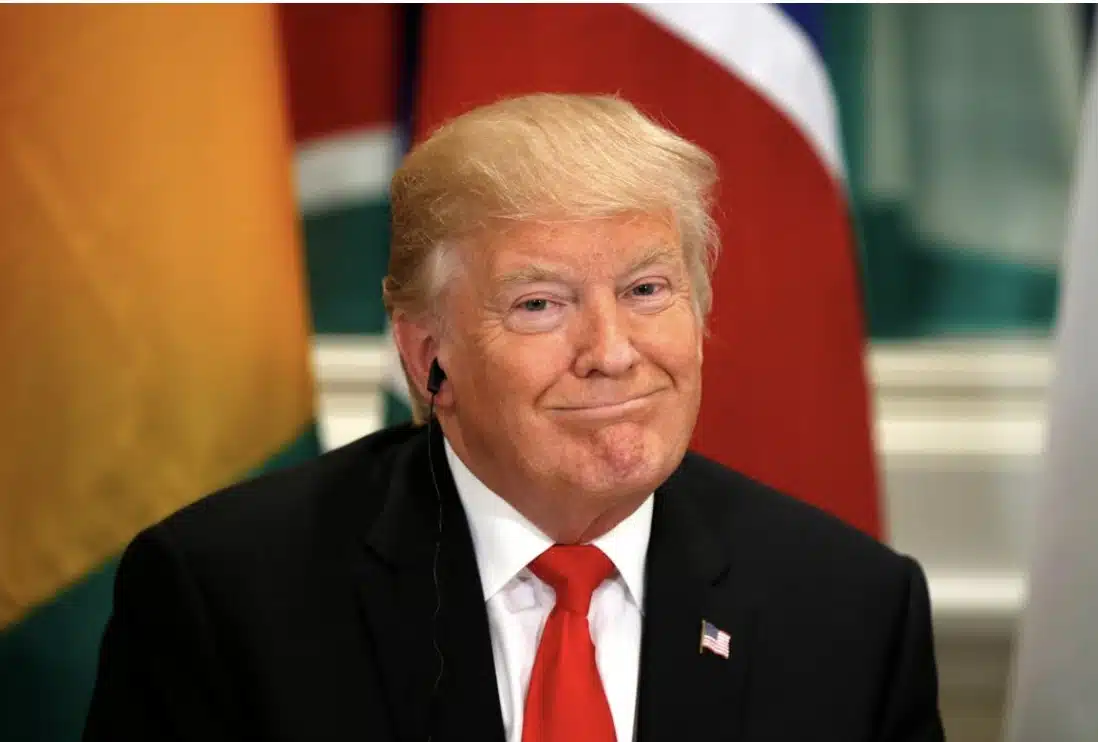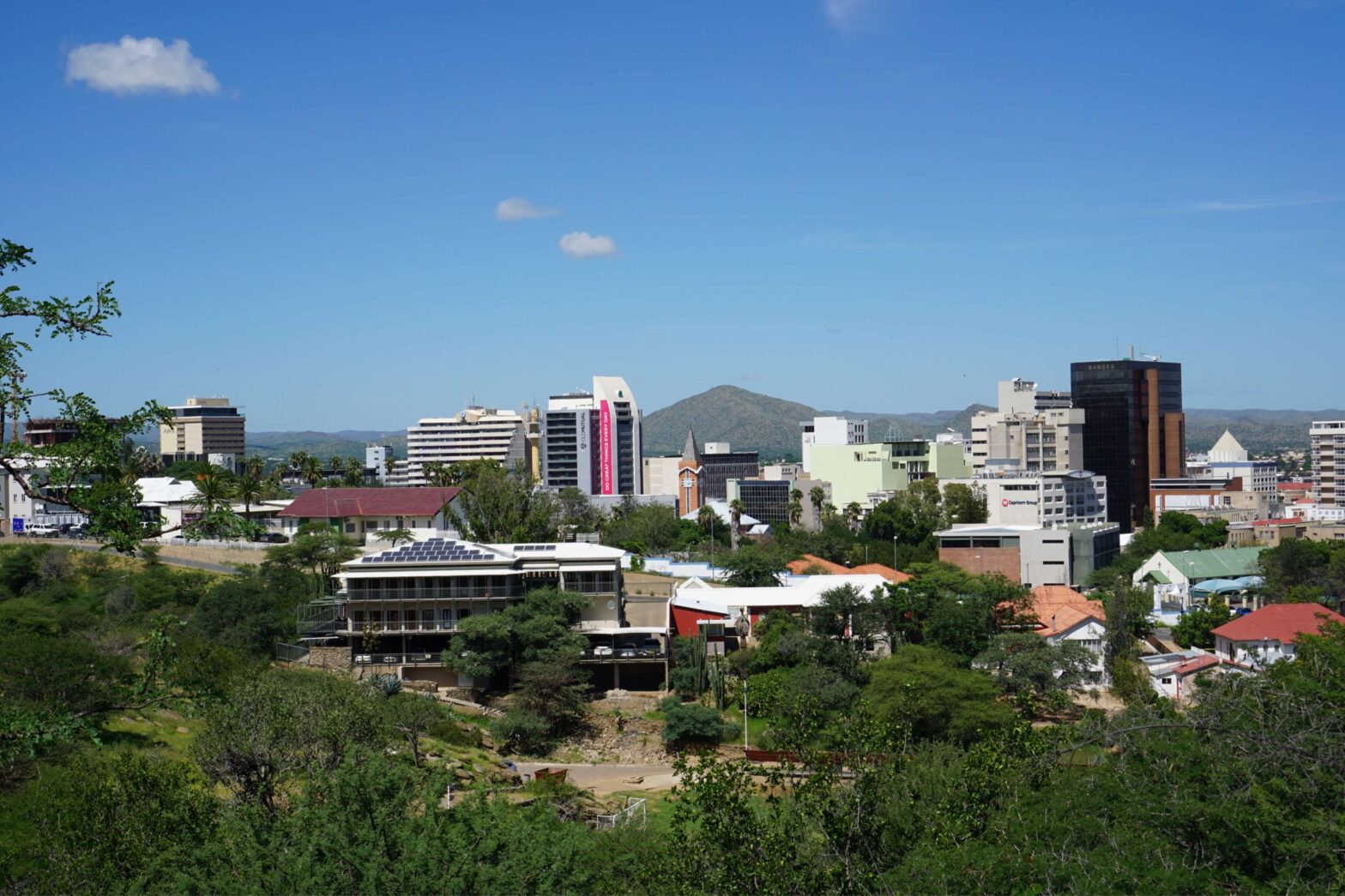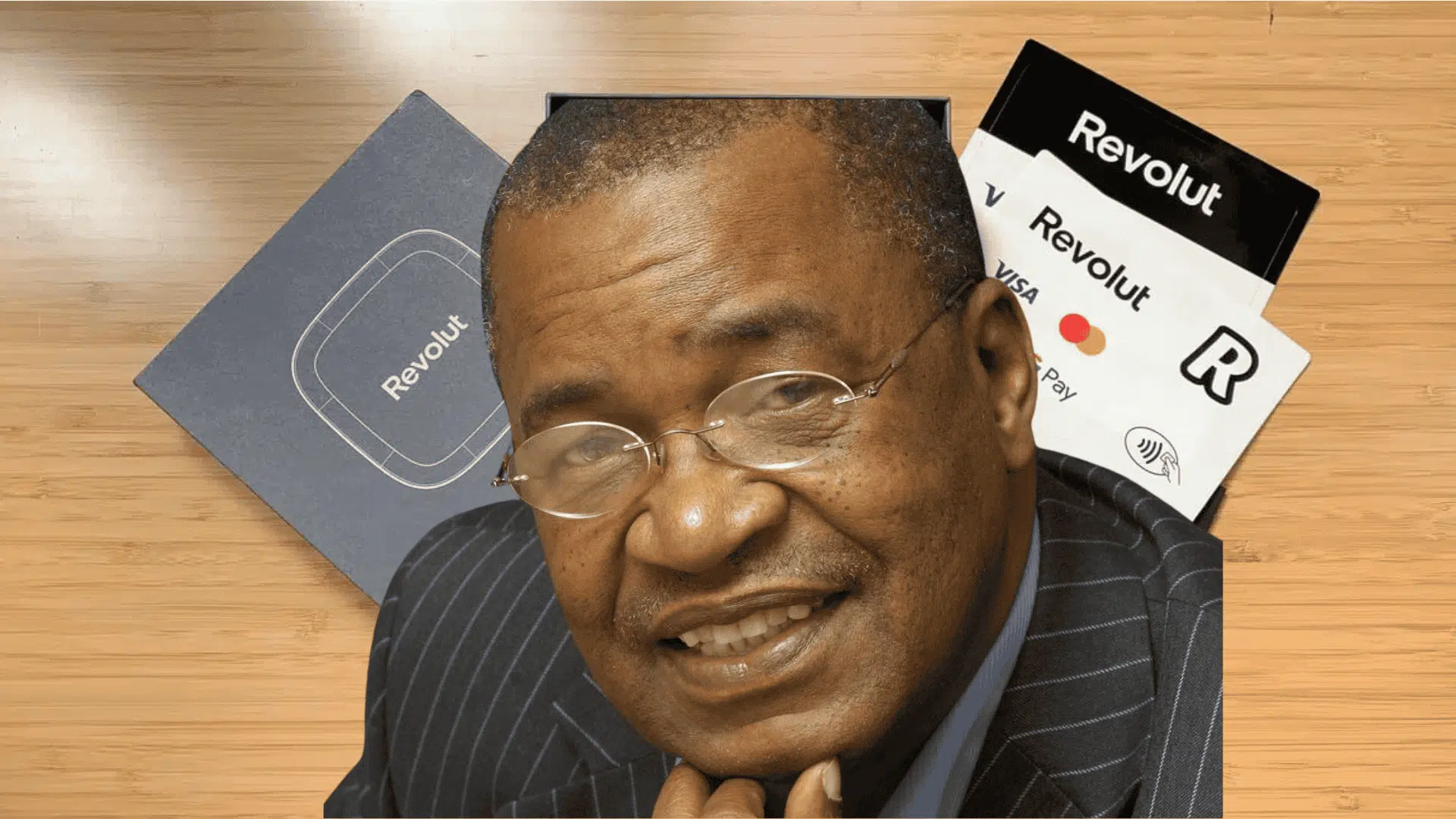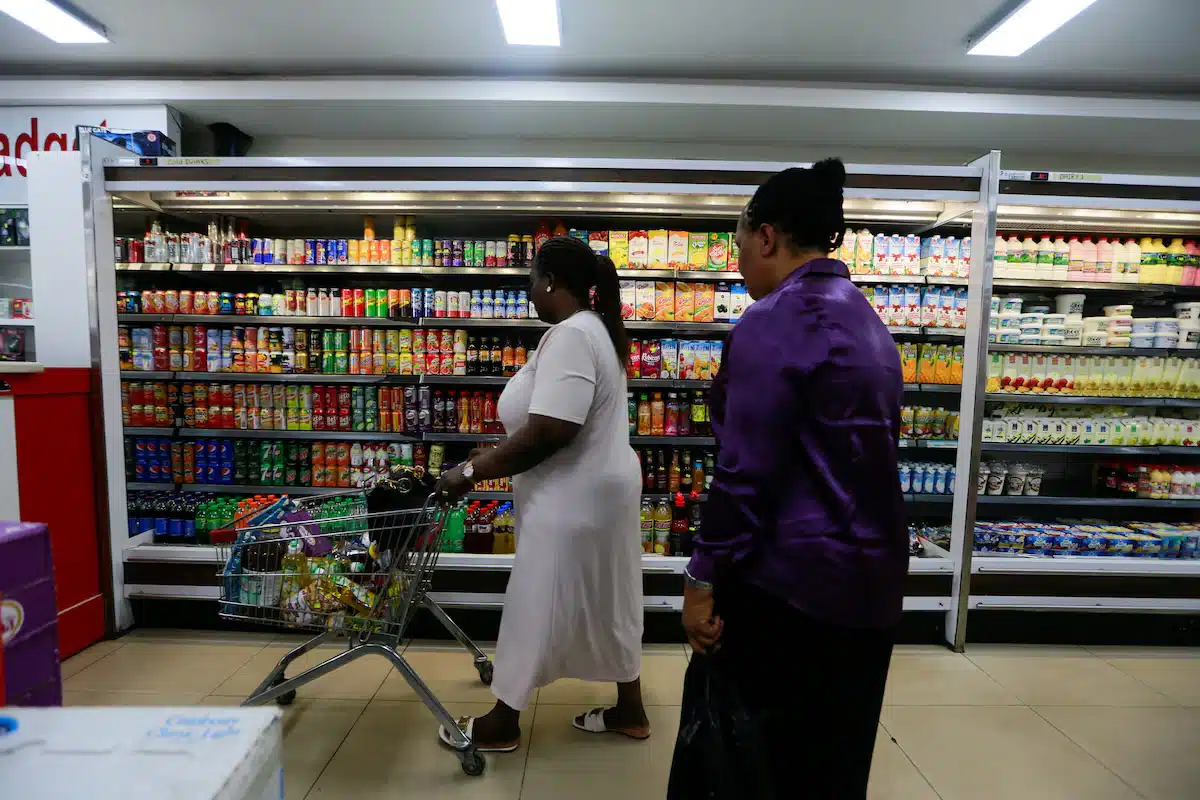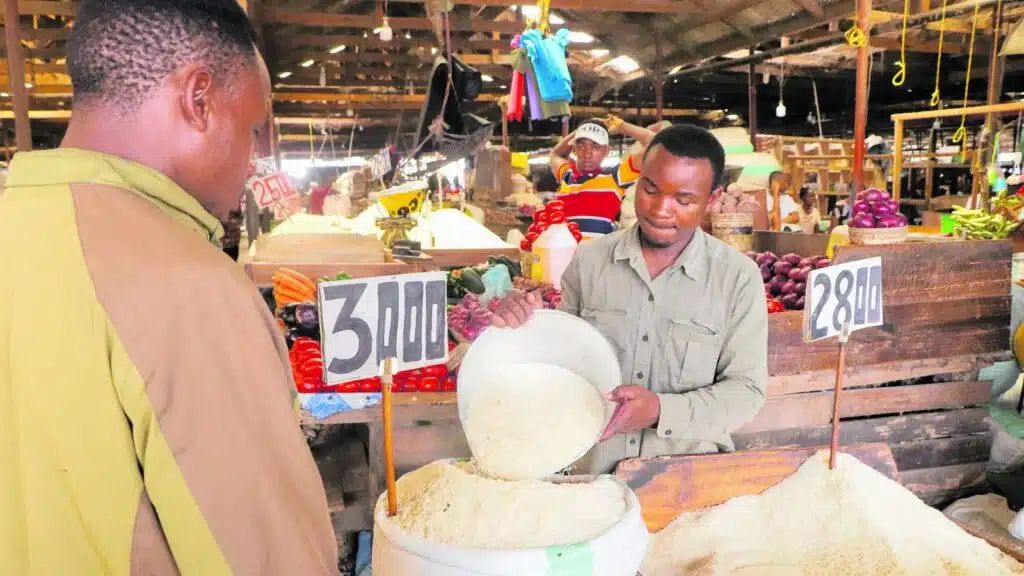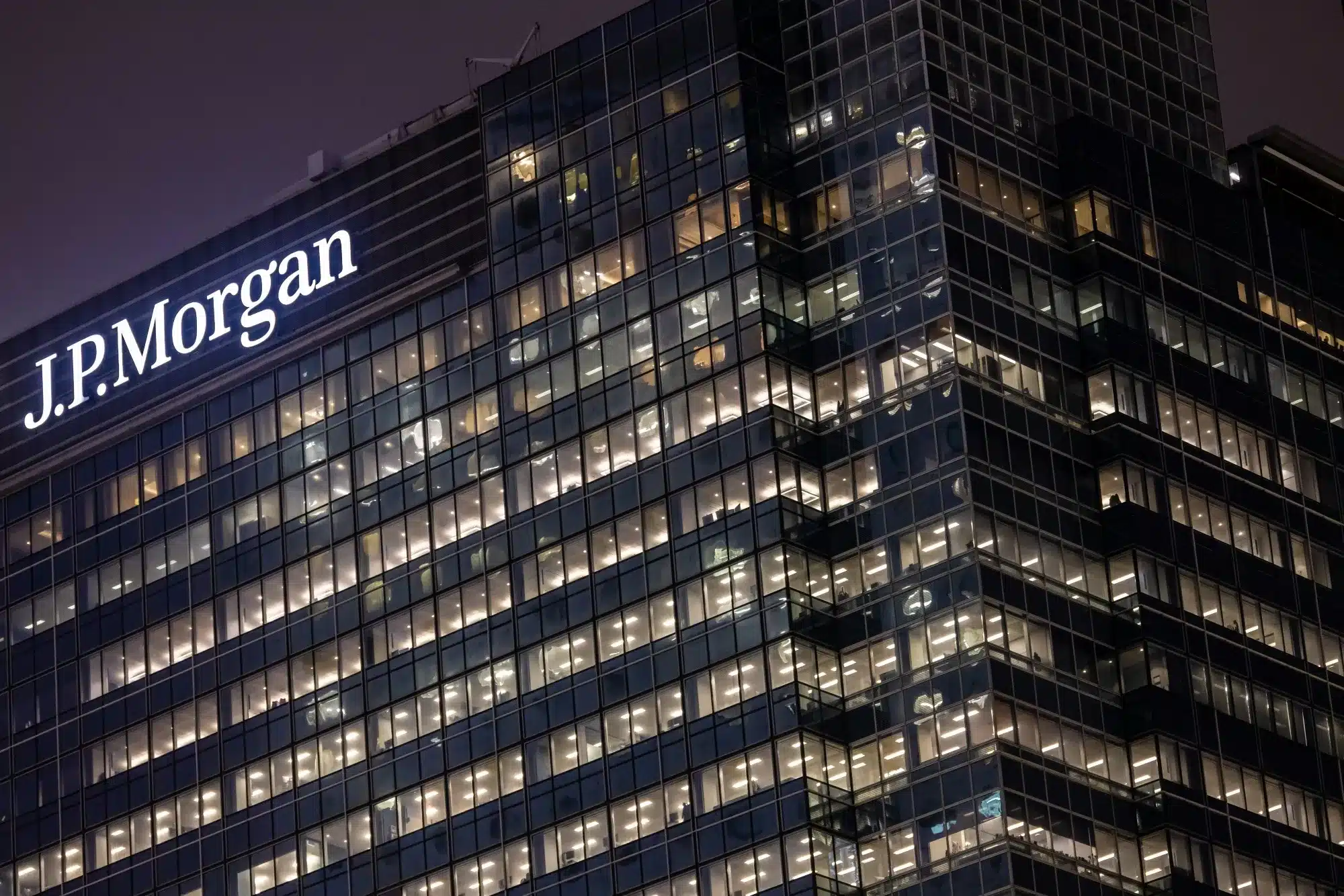Ghana’s annual consumer inflation slowed for the ninth consecutive month in September 2025, easing to 9.4% from 11.5% in August, its lowest level since August 2021, official data showed on Wednesday.
The return to single digits marks a milestone for the West African economy, which has been battling soaring prices for the past four years.
The Ghana Statistical Service said the slowdown was driven largely by a sharp moderation in food prices — a key driver of inflation.
Food inflation fell to 11% in September from 14.8% the previous month while non-food eased to 8.2% from 8.7% in August.
“The steady drop in inflation shows a sustained shift in prices that signals Ghana is firmly on the path to macroeconomic stability,” Government Statistician Samuel Kobina Annim said at a news conference.
The disinflationary trend has already exceeded the government’s full-year inflation target of 11.7%, offering relief to households and businesses that have endured prolonged price pressures.
The Bank of Ghana (BoG) had earlier projected inflation would return to its 6–10% target band by year-end, a forecast now validated by the latest figures.
The disinflation trend seen this year has paved the way for monetary policy easing.
Earlier this month, the BoG cut its benchmark lending rate by 350 basis points to 21.5%, the lowest since May 2022.
It was the second consecutive cut in 2025, with policymakers citing moderating price pressures, stronger food supply, and a more stable currency as supporting factors.
The return to single-digit inflation strengthens prospects for monetary stability, exchange rate resilience and improved consumer confidence heading into the final quarter of the year.
Analysts say the trend could attract fresh investment flows and bolster growth if fiscal discipline is maintained alongside ongoing supply-side reforms.
After one of its worst economic crises in decades, Ghana is showing signs of a broader rebound.
The economy expanded by 6.7% in the second quarter, up from 5.7% a year earlier, marking the fastest growth in nine months.
Exports and foreign reserves have also improved, helping restore investor confidence in the recovery path.
Still, risks remain. Some market watchers have warned that a planned electricity tariff hike could stoke renewed price pressures and complicate the disinflation path that has allowed the central bank to loosen policy.

